Digital Camera World Verdict
The Motorola RAZR 5G is probably the worst camera phone you can buy that costs more than $1,200 / £1,400, but that doesn’t stop it from being a hugely fun throwback. The disappointment of the single 48MP camera fades into the background every time you flip it open or interact with its surprisingly capable front display. Sadly, though, the camera is bad. At this price, you’re paying for the luxury of a foldable phone. So while the RAZR is difficult to recommend, if you’re intent on living your best 2004 life, there’s still a lot to love in the Motorola RAZR 5G – so long as you curb your expectations.
Pros
- +
Incredible nostalgia factor
- +
Secure hinge
- +
Crease-free foldable
Cons
- -
Poor camera
- -
Middling to poor battery life
- -
Midrange power
Why you can trust Digital Camera World
Just a few days after we tested out the Samsung Galaxy Z Fold 2, the most specced out foldable around, another flexible phone has arrived — the Motorola RAZR 5G, which is another contender for being the best flip phone of 2020. It’s the update to last year’s incredibly cool, but much criticized refresh of the iconic 2014 RAZR, and comes complete with improvements in every area.
Whizzing through those upgrades, and the 2020 RAZR gets a more premium finish despite being lighter. It also sees internals boosted — a newer, faster chipset with 5G support, more storage and RAM, as well as a higher capacity battery. Most exciting for us, the Motorola RAZR 5G has a new main camera.
Also read Best Motorola phone
On the outside of the RAZR 5G is a 48MP single camera, versus last year’s 16MP main camera on the RAZR 2019. On the inside, your selfies are upgraded from 5MP to 20MP this time around. Compared to last year’s model therefore, the new RAZR is smashing it. Compared to every other $1,200 handset on the market though? Not so much; at least not from a specs point of view - but what’s it like living with the best throwback foldable on the block?
Design and screen
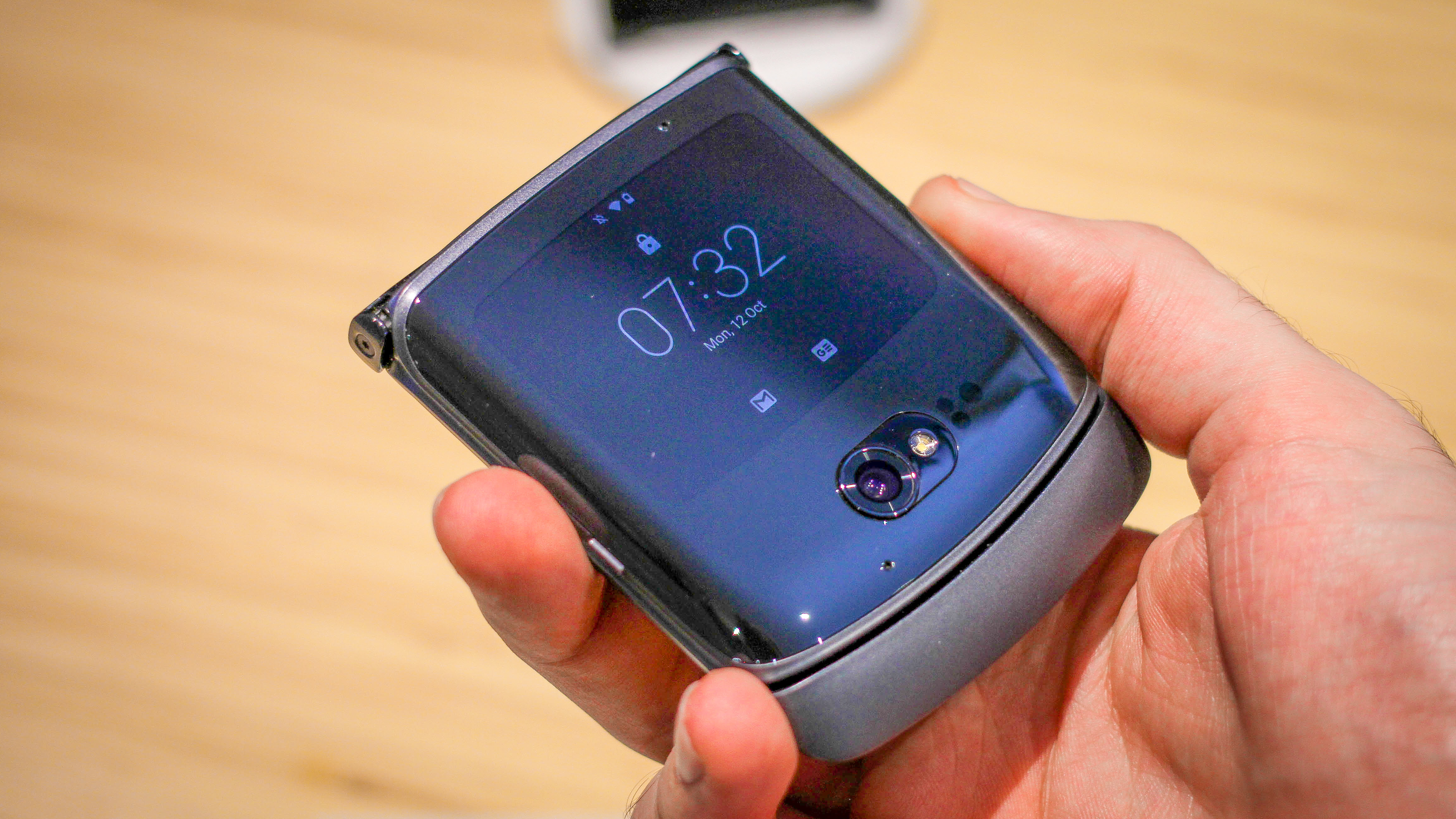
It flips open and folds, it’s got a screen on the front and it’s made by Motorola — the RAZR’s design is what time machines you back to 2004. Last year’s RAZR succeeded in bringing folding screen tech to the line while staying true to the original’s styling, but it was widely panned after some damning durability tests surfaced. This time, Motorola has refined everything.
The RAZR 5G’s front and back are curved glass and feel fantastically smooth. There’s 7000 series aluminum holding everything together, with the matte, blasted metal, contrasting the glass nicely.
This time around, Motorola has moved the fingerprint scanner, which was on the chin of last year’s RAZR, to the back of the 2020 edition. On paper, this seems like a smart move - less clutter on the front. That said, it’s too low, a bit awkward to fumble and find, and in our experience, the move was a minor misstep.
The external display is the same as that of last year’s RAZR - 2.7 inches, sporting a 600 x 800 resolution, and packing OLED technology of the non-flexible variety. What we love isn’t so much the tech behind it, it’s the way Motorola loaded it up with functionality. You can watch a YouTube video on it, read your Google News update, and there’s even an 8-bit-style game you can kill a couple of minutes with. As great as the front-screen is though, unfurl Moto’s clamshell, and the full RAZR experience ensues.
Combining a 6.2-inch flexible OLED screen size with a 876 x 2142 resolution, the main folding display is very traditional specs-wise, aside from the whole folding party trick. Unlike Samsung’s Z Fold 2 and Z Flip, the Motorola RAZR 5G’s screen doesn’t develop a crease in the center.
Motorola’s smart engineers designed the foldable’s display to move. It slides into the chin of the phone when it closes, so there’s less screen left to crumple or crease at the hinge. Meanwhile, the folding part of the screen actually bends to fill the hinge cavity, preventing a full-blown crease. This genius move might make the RAZR the best mechanical implementation of folding screen tech on the market today, but that doesn’t make it the best foldable.
The phone’s utility falls behind that of the Samsung Galaxy Z Fold 2 — this isn't’ a tablet and a phone, it’s just a phone. Additionally, it sports a mono-speaker at the base, and just one rear camera - so definitely isn’t one of the best camera phones of 2020.
Cameras
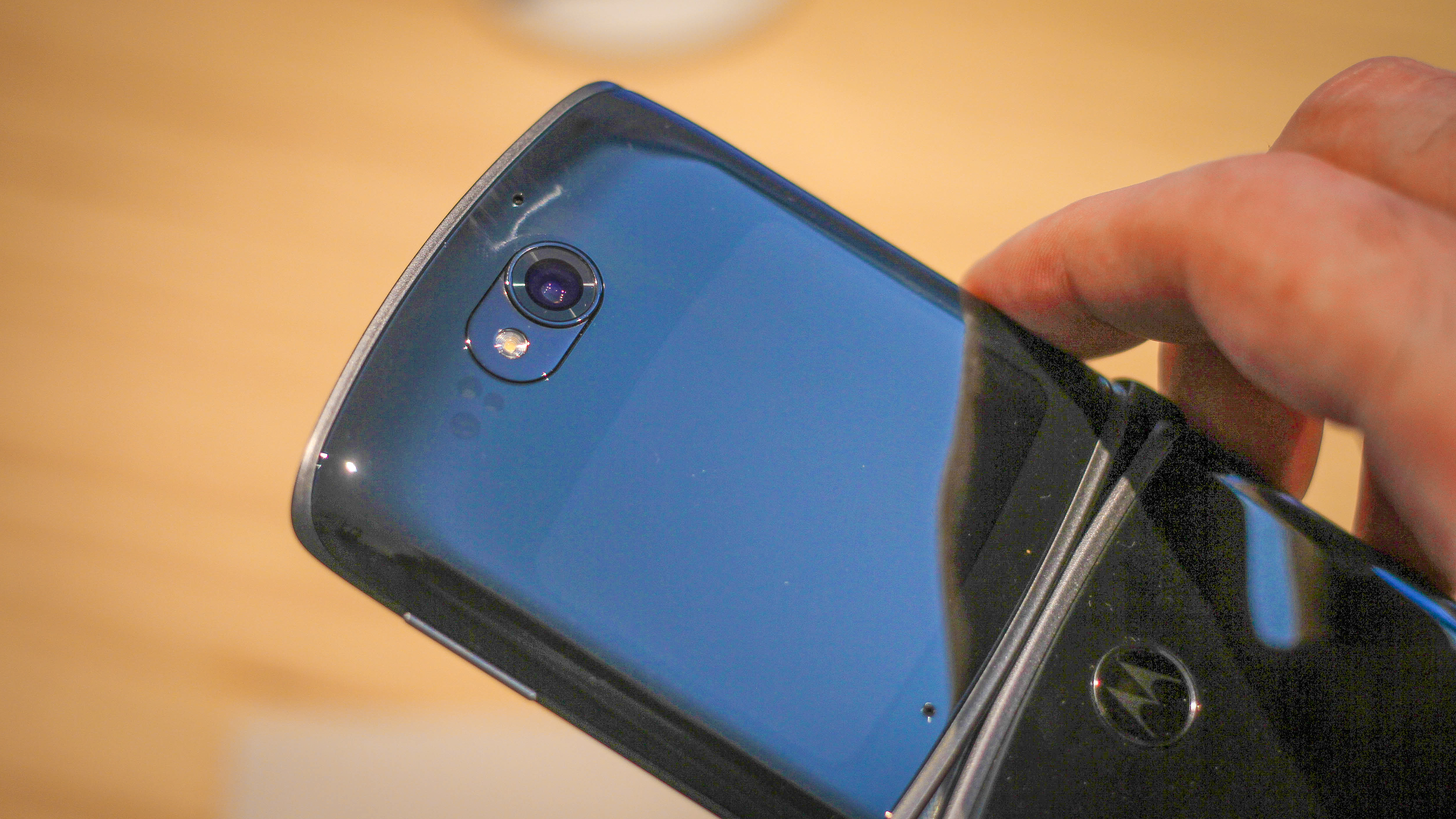
The Motorola RAZR 5G’s main camera module features a 48MP resolution, with an f/1.7 aperture and a 26mm focal length. It also shoots 4K video at 30fps. If you think this is the tried and tested Sony IMX 586 sensor found in everything from the OnePlus 7T through to the OPPO Reno 4 Pro, think again. The RAZR 5G’s sensor is a Samsung ISOCELL GM1 - and that’s not great news. The GM1 tends to fall behind the IMX 586 when it comes to clarity, and as we’ll come onto - the RAZR’s images suffer as a result.
As for the front camera, it’s another Samsung ISOCELL sensor, only this time, a 20MP sensor with an f/2.2 lens, capable of shooting up to FullHD video at 60fps.
Shooting modes are predictable with a few highlights: Spot Color, Night Vision and Pro mode, which offers up a max shutter speed of 32 seconds, and a max ISO of 3200.
Camera performance
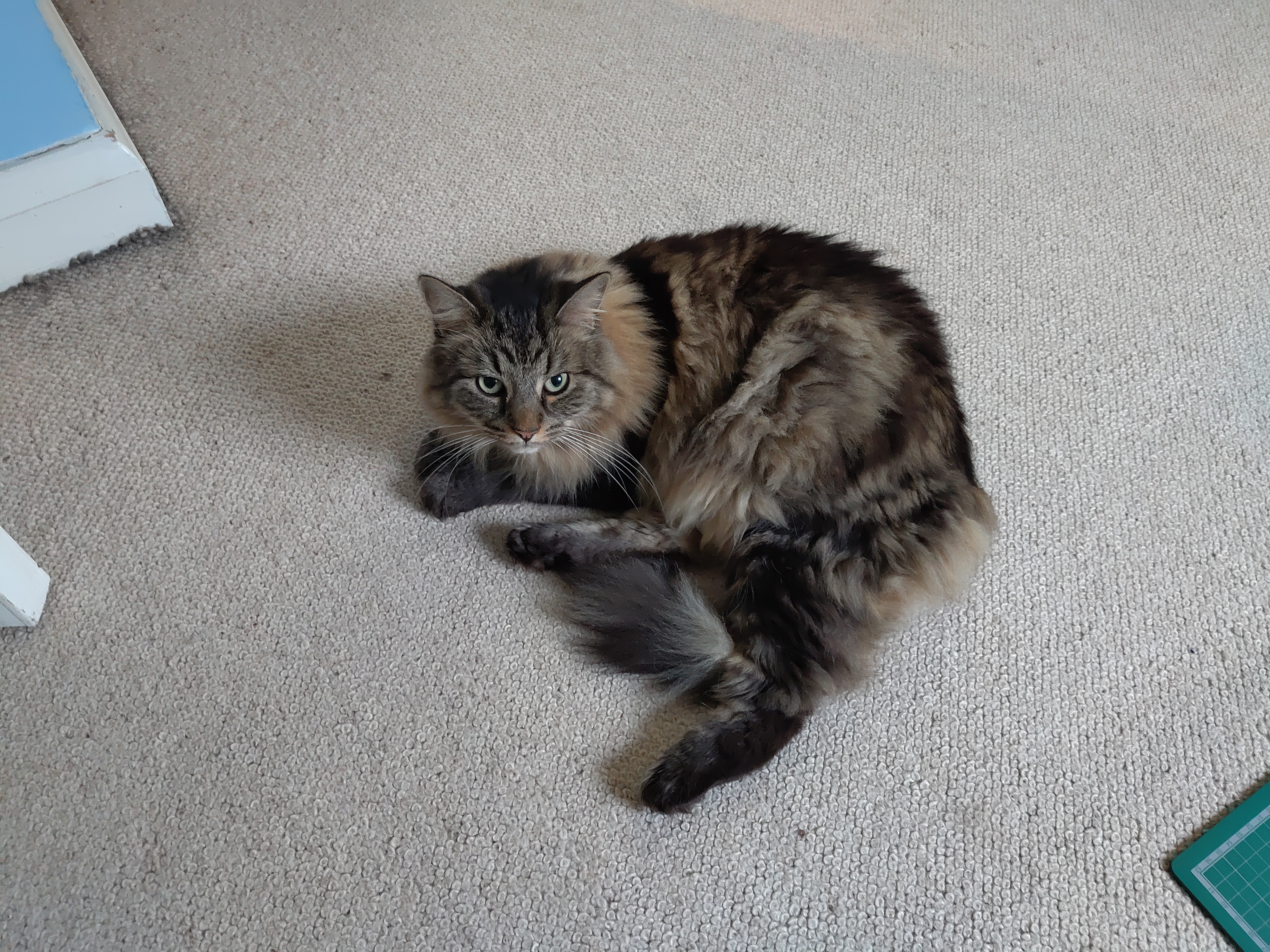

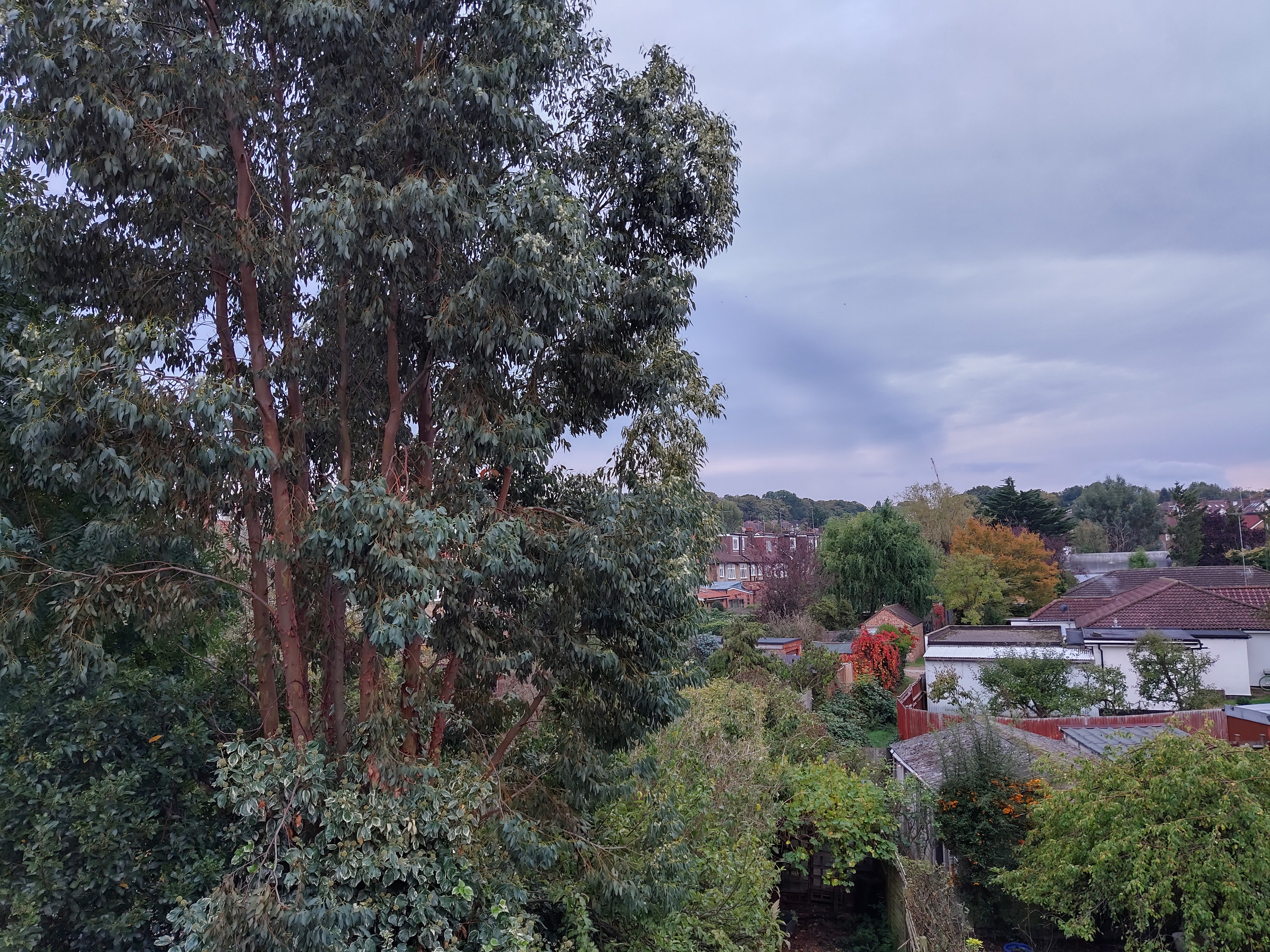
Kicking off with detail and despite the fact the Motorola RAZR’s main lens is stabilized, the camera as a whole isn’t one of our favorites. In anything but outdoor daylight, shots taken on it lack a crispness that we’ve grown accustomed to on smartphones today unless you hold perfectly still. There’s a shallow depth to close-up photos that looks great, but you may find yourself taking a couple of photos to get the image you want, or missing the moment all together. The phone definitely handles subjects a bit further away better - suggesting there might be something focus-related going on too.
Images captured on the Motorola RAZR 5G aren’t just lacking detail, they look actively over-softened. Compared to even a Pixel 4a, which costs $349 / £349, the RAZR just can’t hold its own with dark, textured objects.
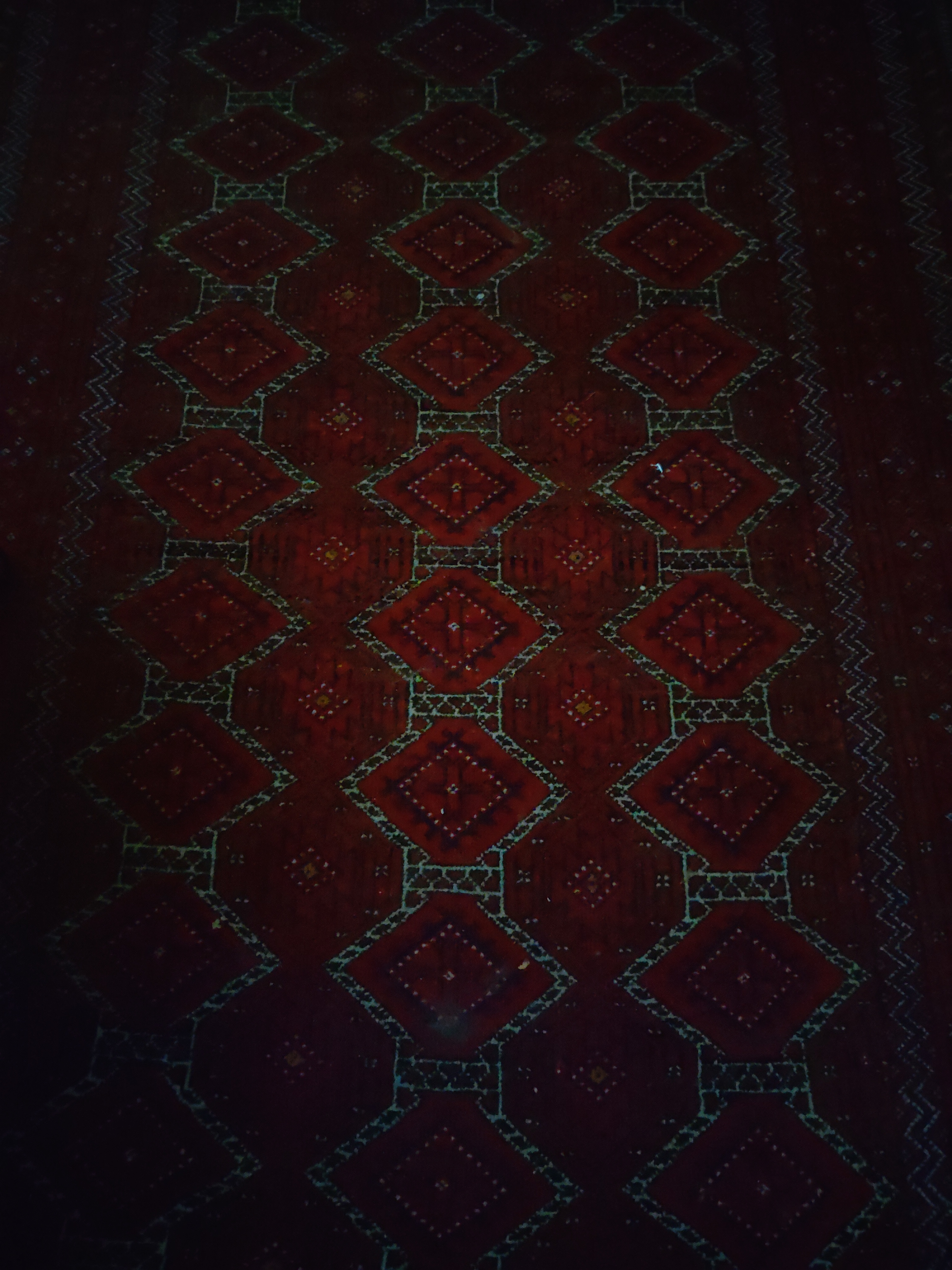

While low light photos are poor in automatic mode, the night mode isn’t bad at all, picking up the exposure by shooting multiple photos and creating a usable image. Dynamic range is respectable in brighter scenes — so skies tend to look decent, but dark spots are averaged out and softened.
The lack of a telephoto and ultrawide camera are also felt, so in case the above wasn’t clear enough - don’t pick the RAZR 5G up on its camera merits. It’s fine, but seldom better than that.
The camera captures 4K video at up to 30fps, and while once again, clarity isn’t as on-point as the competition, the steadying combination of OIS and electronic stabilization come together well to keep things stable. As for the 20MP selfie camera, it captures 5MP photos, which might sound low, but results are sharp enough to look clear, but soft enough to be flattering.
Motorola RAZR 5G: Additional specs
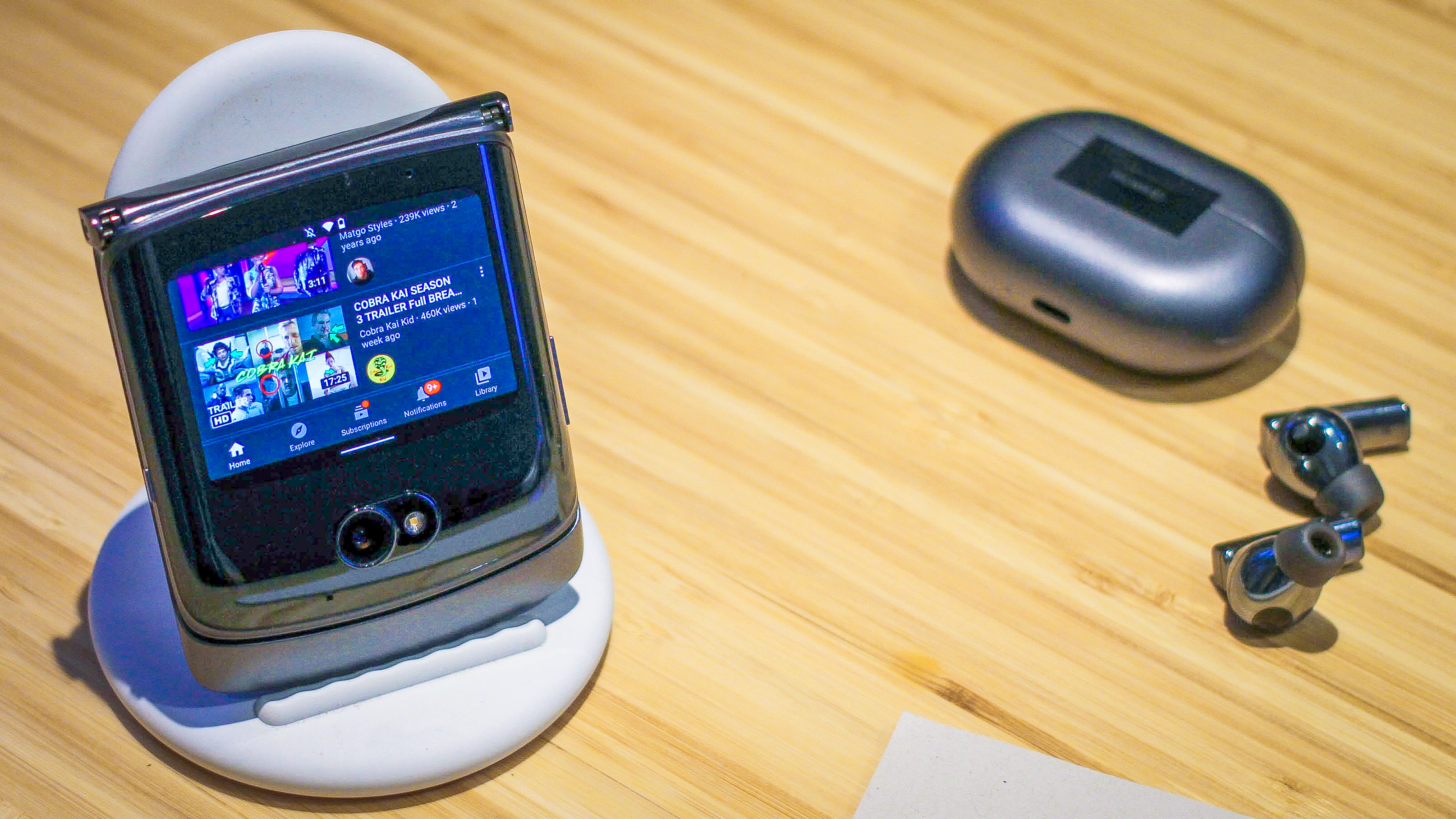
Powered by a Snapdragon 765G paired with 8GB RAM, the RAZR 5G has the same chipset as the OnePlus Nord (£379 / approximately $495) and the Google Pixel 5 ($599 / £599).
The RAZR’s storage capacity is a generous 256GB, which is paired with 8GB RAM — plenty of both. Running Android, the Play Store gives you access to a huge number of apps and games, and most run without any slowdown, despite the chipset’s middling power. The issue you may run into is screen optimization. A few games we played didn’t fill the whole screen. Instead, they were bordered by an entirely unnecessary black letterbox — gamers, be warned.
The RAZR 5G’s 2800mAh battery, which charges at up to 15W is a bump up over last year’s 2510mAh cell. If you’re using it casually, you’ll make it through a day. The front screen suffices for answering calls, replying to quick messages and toggling quick settings. If you plan on unfolding a lot, watching, gaming, or doing much beyond the basics, you’ll be running low on battery by the early evening.
Motorola RAZR 5G: Verdict
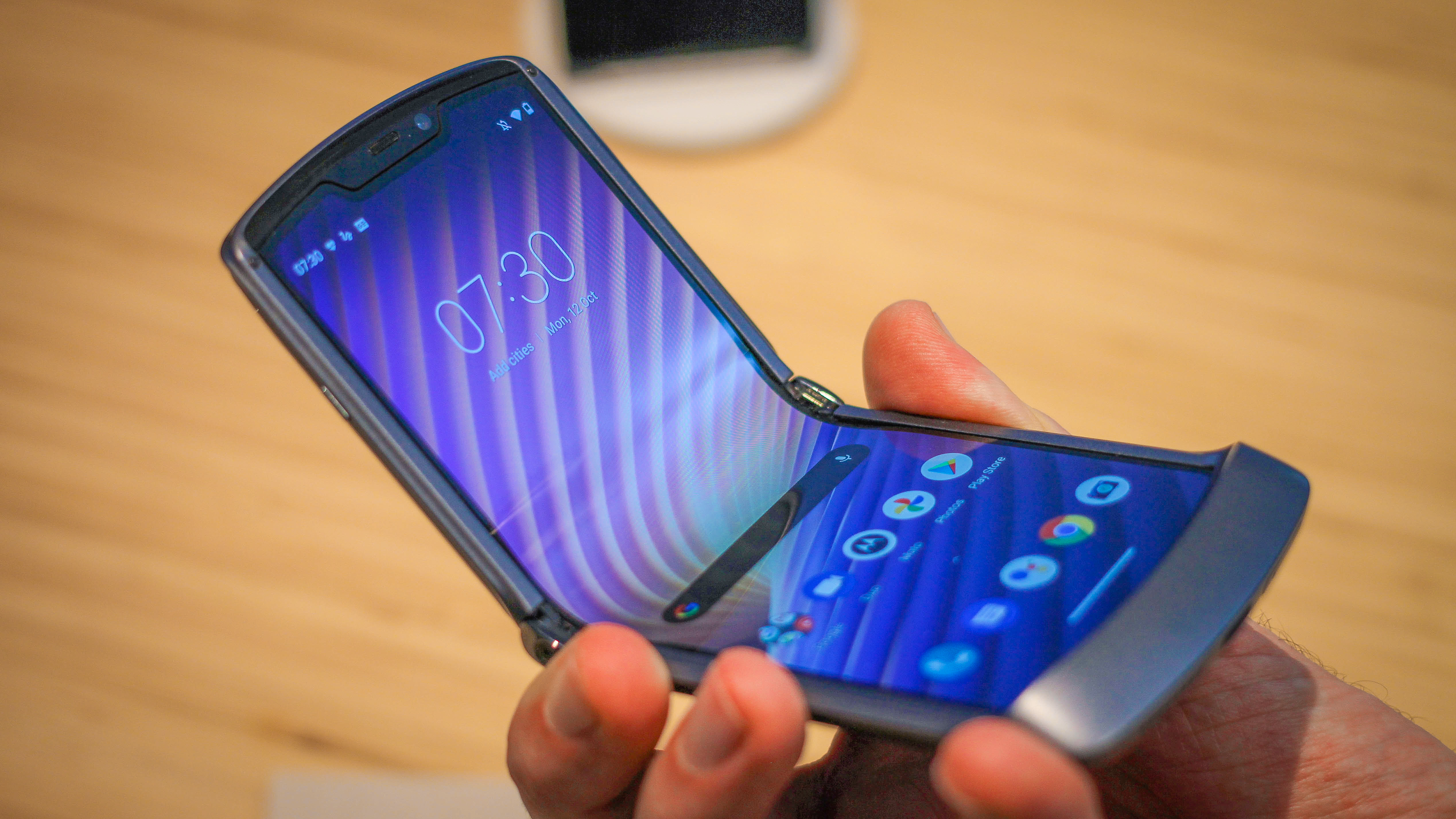
How much are you really willing to pay for nostalgia? Motorola hopes it’s around $1,399/ £1,399. You’re reading Digital Camera World, so, with its underwhelming camera - there’s no way we can recommend the RAZR 5G on its imaging merits. That’s not the draw of this phone though.
If you liked the idea of the RAZR 2019, but were put off by the mixed reviews, the RAZR 5G is as good as it needs to be to deliver a decent user experience. It's a competent smartphone with decent performance, plenty of storage and one awesome party trick.
The premium on foldables is still too high, and the RAZR 5G is far from perfect. Just like the Galaxy Z Fold 2 though, it’s an important phone that makes the case that foldables are one step closer to the prime time - bring on 2021.
Read more:
• Best camera phone in 2020
• Best budget camera phones
• Best iPhone for photography
• Best burner phone
• Best 5G phone
• Best phablets
• Best flip phones
• Best phablets
Basil Kronfli is a freelance technology journalist, consultant, and content creator. He trained in graphic design and started his career at Canon Europe before moving into journalism. Basil is also experienced in video production, independently running the YouTube channel TechEdit, and during his time at Future, he worked alongside the Digital Camera World team as a senior video producer.


